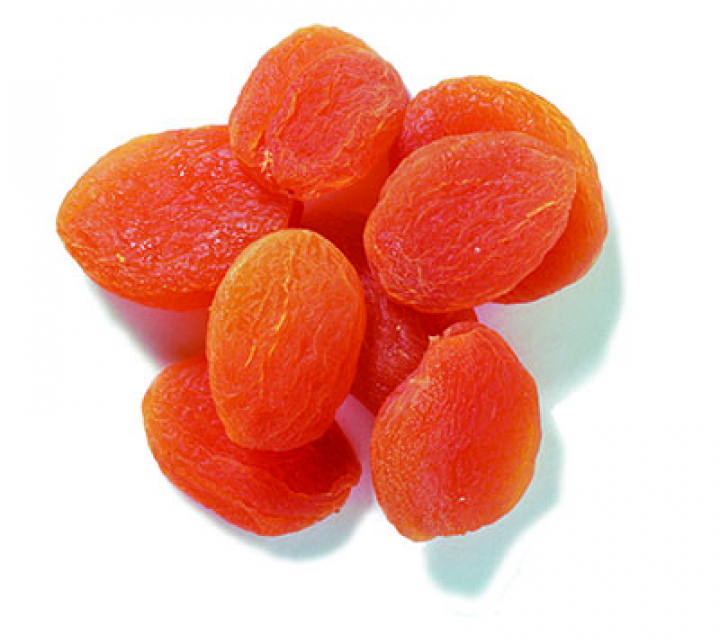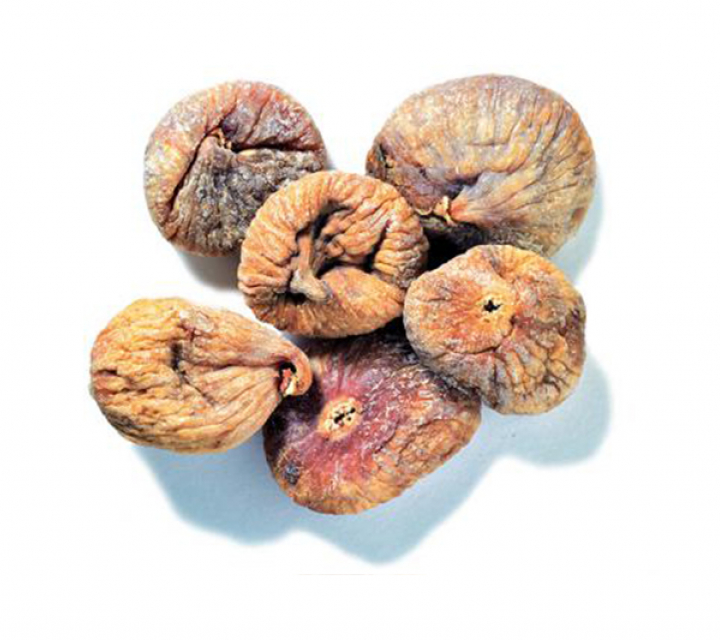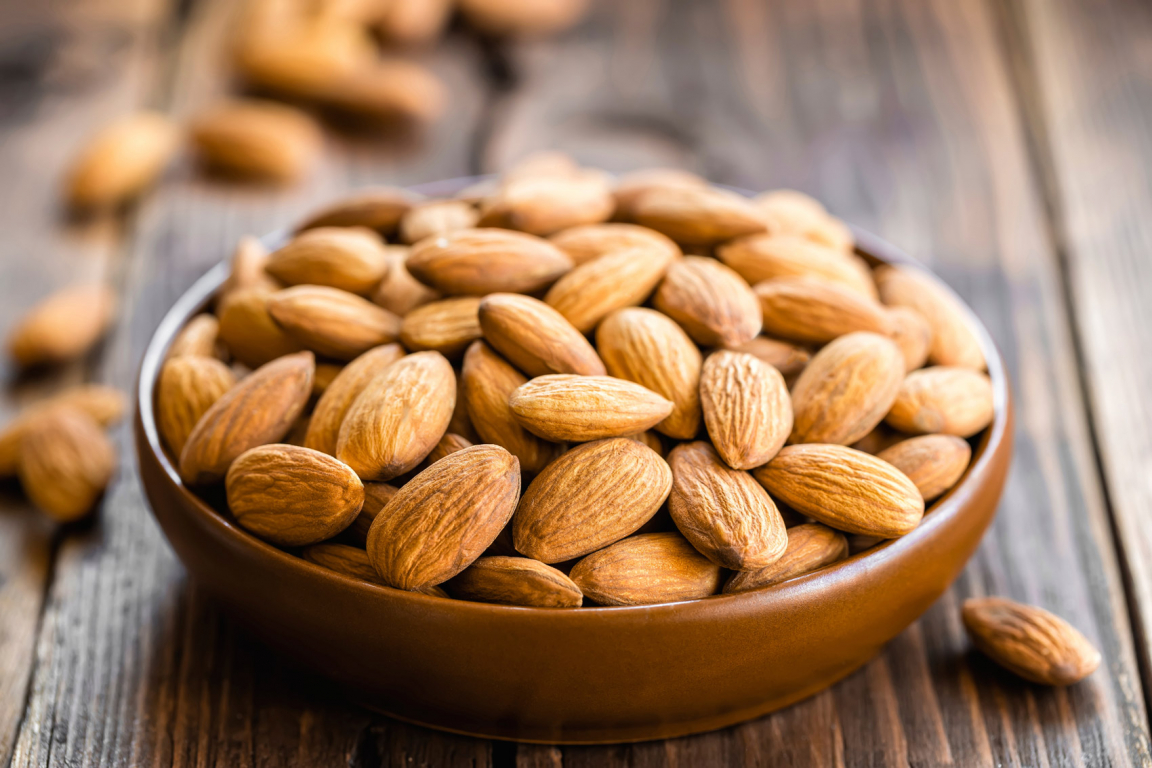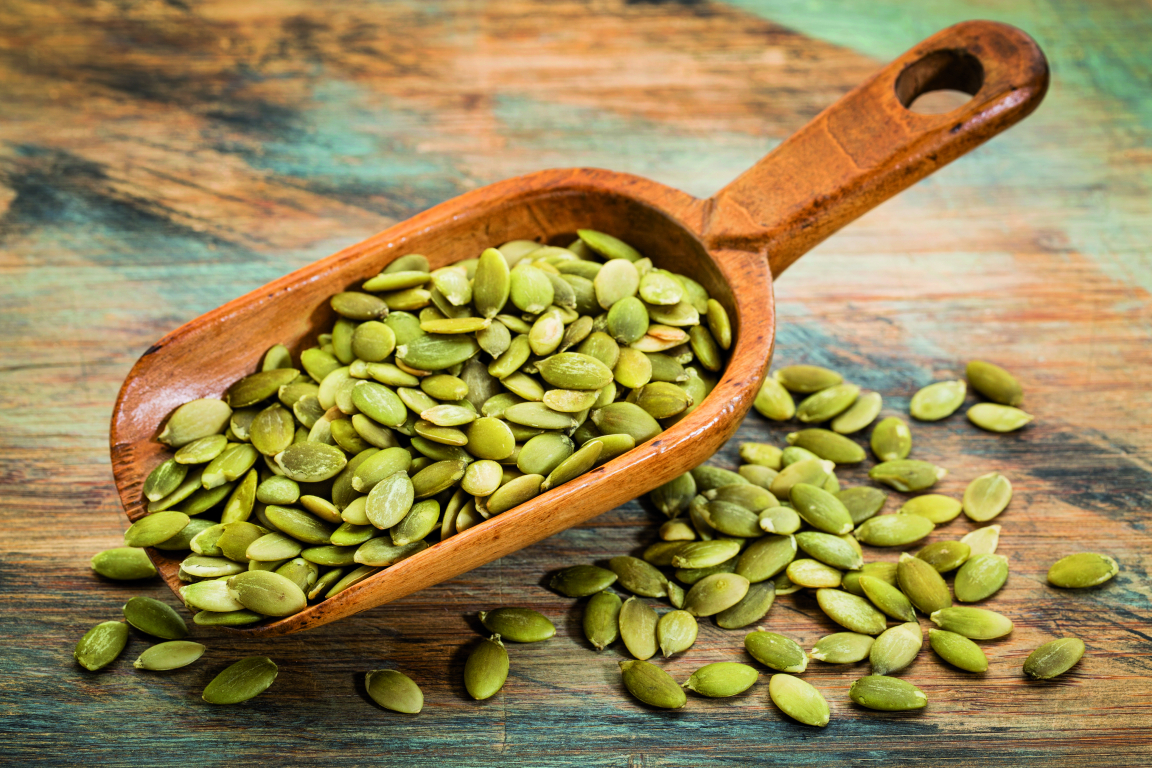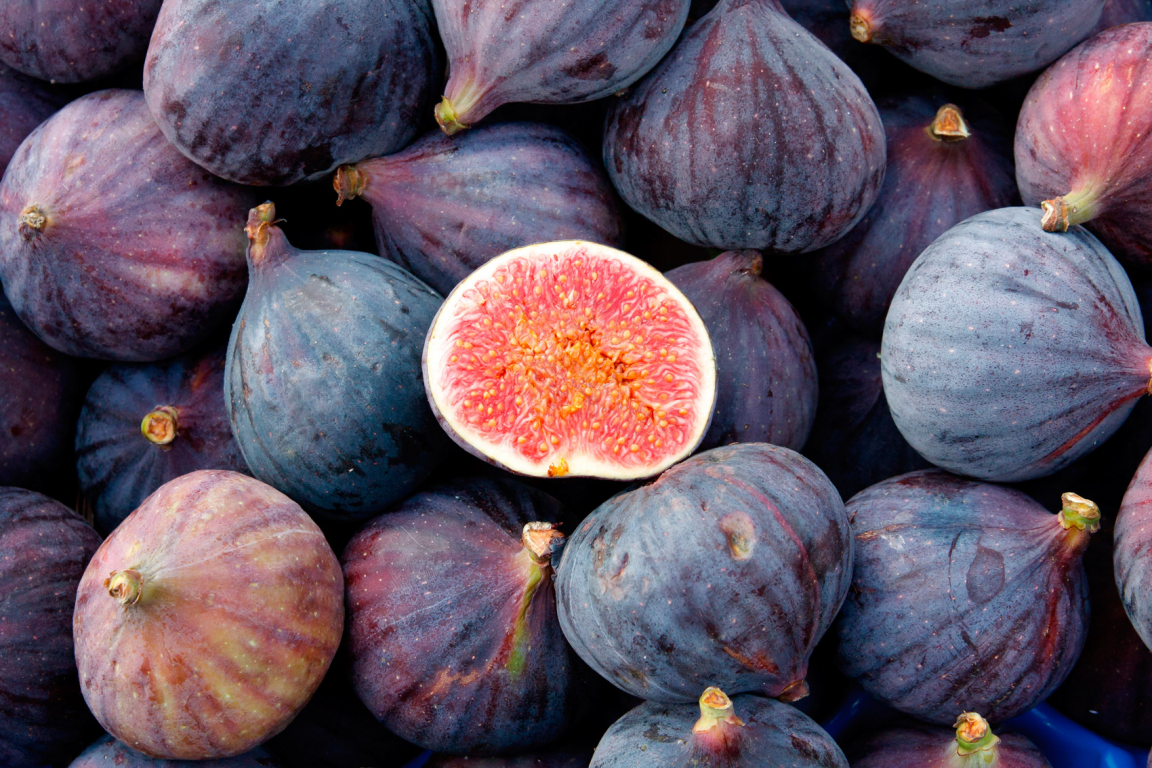Prunes
Prunus domestica
Origin
USA (California)
Chile
Argentina
Türkiye
France
Chile
Argentina
Türkiye
France
Harvest time
northern Hemisphere: August / September
southern hemisphere: February
southern hemisphere: February
Quality
Ashlock pitted, calibrated
Elliot pitted
with stone
Further qualities on request
Elliot pitted
with stone
Further qualities on request
All products are also available from certified organic cultivation.
For product specifications, please contact:
Dirk Elsmann (d.elsmann@keyaniyan.de)
Katrin Ohlhoff (k.ohlhoff@keyaniyan.de)
Image





